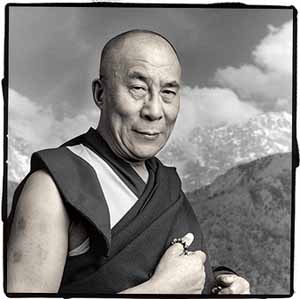 The Queensland Government has approved the development scheme for the Surat Basin Rail Joint Venture. The approval is another tick for the proposed rail line linking the western line with the Moura Railway System. The Surat Basin Rail is the so called “southern missing link” a 214km railway linking Wandoan and Banana. According to the Surat Bain Rail project, the railway will “enhance the existing coal rail network and unlock 6.3 billion tonnes of coal reserves in the Surat Basin.” The approval follows last year’s environmental approval and the railway will connect to the future coal industry-owned Wiggins Island Coal Export Terminal.
The Queensland Government has approved the development scheme for the Surat Basin Rail Joint Venture. The approval is another tick for the proposed rail line linking the western line with the Moura Railway System. The Surat Basin Rail is the so called “southern missing link” a 214km railway linking Wandoan and Banana. According to the Surat Bain Rail project, the railway will “enhance the existing coal rail network and unlock 6.3 billion tonnes of coal reserves in the Surat Basin.” The approval follows last year’s environmental approval and the railway will connect to the future coal industry-owned Wiggins Island Coal Export Terminal. Surat Basin Rail is a Joint Venture between rail infrastructure company Australian Transport and Energy Corridor Limited, Xtrata Coal and QR National. JV chair Everald Compton said the project had significant implications for the Surat Basin and Queensland. “Surat Basin Rail will boost economic development of regional Queensland and connect the multi-billion dollar industry-funded Wiggins Island Coal Export Terminal, to unlock the vast coal reserves of the Surat Basin and support the continued growth of Australia’s largest export industry,” he said. “The Joint Venture’s proactive engagement approach and environmental impact statement which comprised 14 technical studies, will ensure minimal social, environmental and economic impacts.”
The Queensland Government’s Surat Basin Rail Bill 2011 proposes to grant a long-term lease over the Surat Basin rail corridor land. The bill has been referred to the Industry, Education, Training and Industrial Relations Committee for detailed consideration reporting back on 19 March 2012 (which may or may not before after the next state election). If passed the bill will regulate a lease the Government intends to grant to the SBR JV, to construct and operate the railway. The Bill would provide some exemptions from provisions of the Property Law Act 1974 and the Land Title Act 1994.
Meanwhile the Co-ordinator General’s report said the project was needed but its value would increase once integrated with other rail and port infrastructure projects. The Co-ordinator General has imposed a number of environmental conditions relating to land and soil, water management, air quality, traffic, greenhouse gas emissions and other factors. He accepted some impact on good quality land was unavoidable and further investigations were required for future habitat approvals.
The Surat Basin Rail Joint Venture has an exclusive mandate granted by the Queensland Government to develop the project as an open access coal and freight railway. Government approval now allows the joint venture to begin land acquisition and construction in late 2012 with first coal on rail due in 2015. The railway will have the capacity to transport up to 42 million tonnes of coal per year on trains up to 2.5 kilometres in length.
Stanmore Coal made the development approval announcement in an ASX release last week. Stanmore Coal has a strong vested interest having applied for five million tonnes of capacity on the SBR to deliver 5Mtpa of high quality export thermal coal from The Range project from 2015. The Range project is in the north of the Surat Basin 27 km south east of the line. Stanmore Coal has obtained 7Mtpa of priority capacity rights at the proposed Wiggins Island Coal Export Coal Terminal Stage 2 at Gladstone.
Wiggins Island is expected to open in 2014. The 27Mta coal terminal is located at Golding Point, Gladstone. It is owned by eight coal producers and will be operated by the Gladstone Ports Corporation. The terminal will be built in stages and when fully commissioned will provide more than 80Mtpa in export coal capacity. Stage 1 construction of the $2.5b project started in October. Construction will include a stockyard for 1.9Mt of coal, a 5.5km-long overland conveyor, a 7600tph rail receipt facility, a single berth with travelling ship loader and channels and wharf to accept 40,000-220,000dwt ships. A feasibility study for the terminal’s expansion is expected by the end of the year. In case anyone was in any doubt, coal remains central to Queensland’s economy.


